Gustav Klimt’s masterpiece exceeded its pre-sale estimate of $80 million by fetching an impressive $108.4 million; this makes it the most valuable painting ever sold in Europe.
The art world was already abuzz with the news of Gustav Klimt’s final painting, “Lady with a Fan,” possibly fetching around $80 million in the Sotheby’s London Modern and Contemporary Evening Auction. However, the piece has just surpassed pre-sale expectations, selling for a grand total of $108.4 million on June 28.
READ ALSO: 300-Year Mystery Solved: Long Lost Rubens Painting To Sell For $7.7 Million
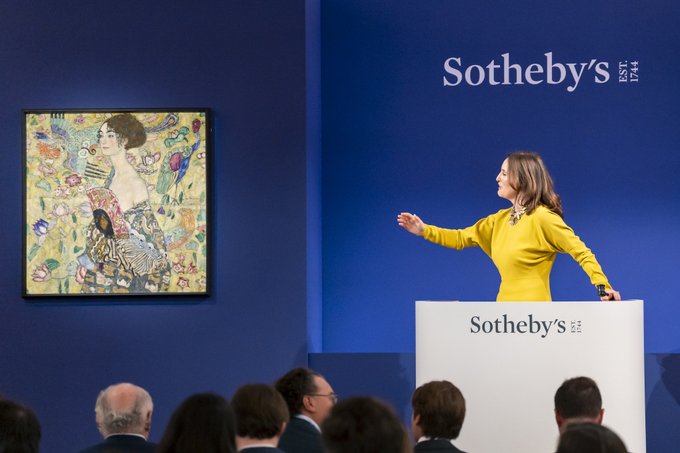
The painting was acquired after a 10-minute bidding war between four bidders. According to The Guardian, Sotheby’s London finally sold the piece to Patti Wong, the founder of Patti Wong & Associates who was bidding on behalf of a Hong Kong collector.
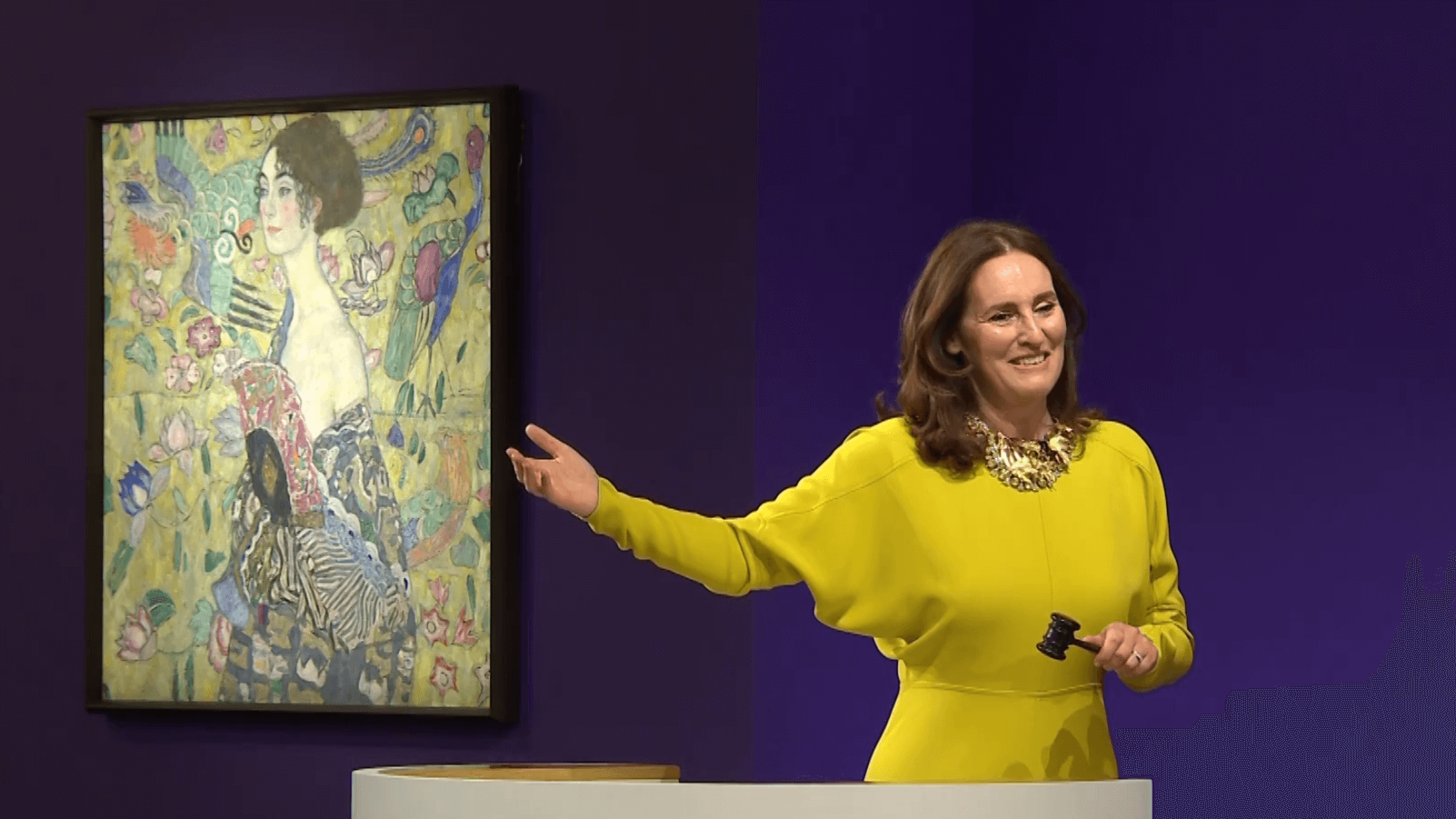
This marks a new art record, as “Lady with a Fan” is now the most valuable painting ever sold in Europe. Alberto Giacometti’s “Walking Man I” previously held the title when it sold for $83 million during a Sotheby’s London auction in 2010.
A Sight to Behold
“Lady with a Fan” (or “Dame mit Fächer”) is one of Klimt’s final masterpieces, executed in 1917 to 1918. The painting depicts a woman staring off into the distance and dressed in a robe that slips just off her shoulder. The identity of the subject remains unknown, though experts suspect that she may have been a friend of the artist. It was one of the few non-commission pieces from Klimt’s oeuvre. He had propped the piece on an easel in his studio until his sudden death in 1918.
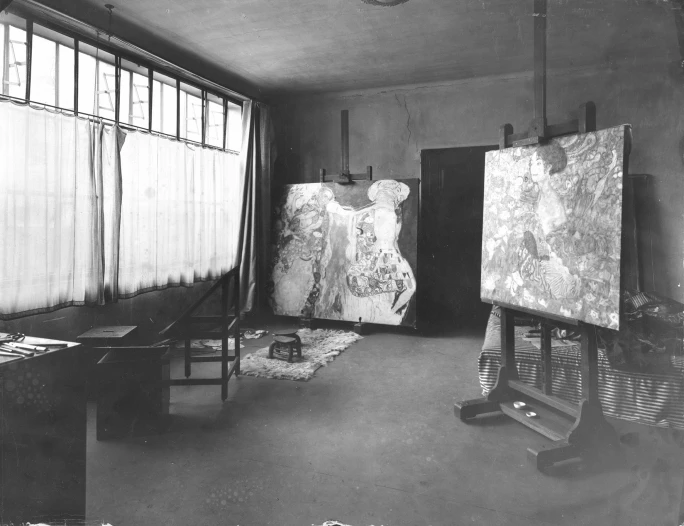
The piece incorporates Asian motifs like phoenixes and lotus flowers, which hint at the artist’s personal fascination with Japanese and Chinese culture. Stylistically, it marks a creative departure from the artist’s gold-leaf works like “The Kiss” and “Portrait of Adele Bloch-Bauer I.”
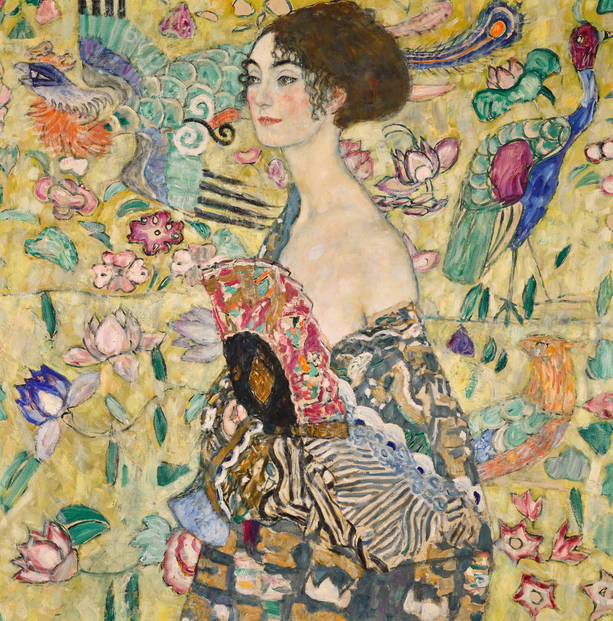
“‘Lady with a Fan’ reveals how far the artist had traveled creatively in the decade before his death. Gone is the audacious glitter of gold leaf that exalted his sensual subjects into secular icons,” wrote Kelly Grovier in her BBC Culture article on the piece.
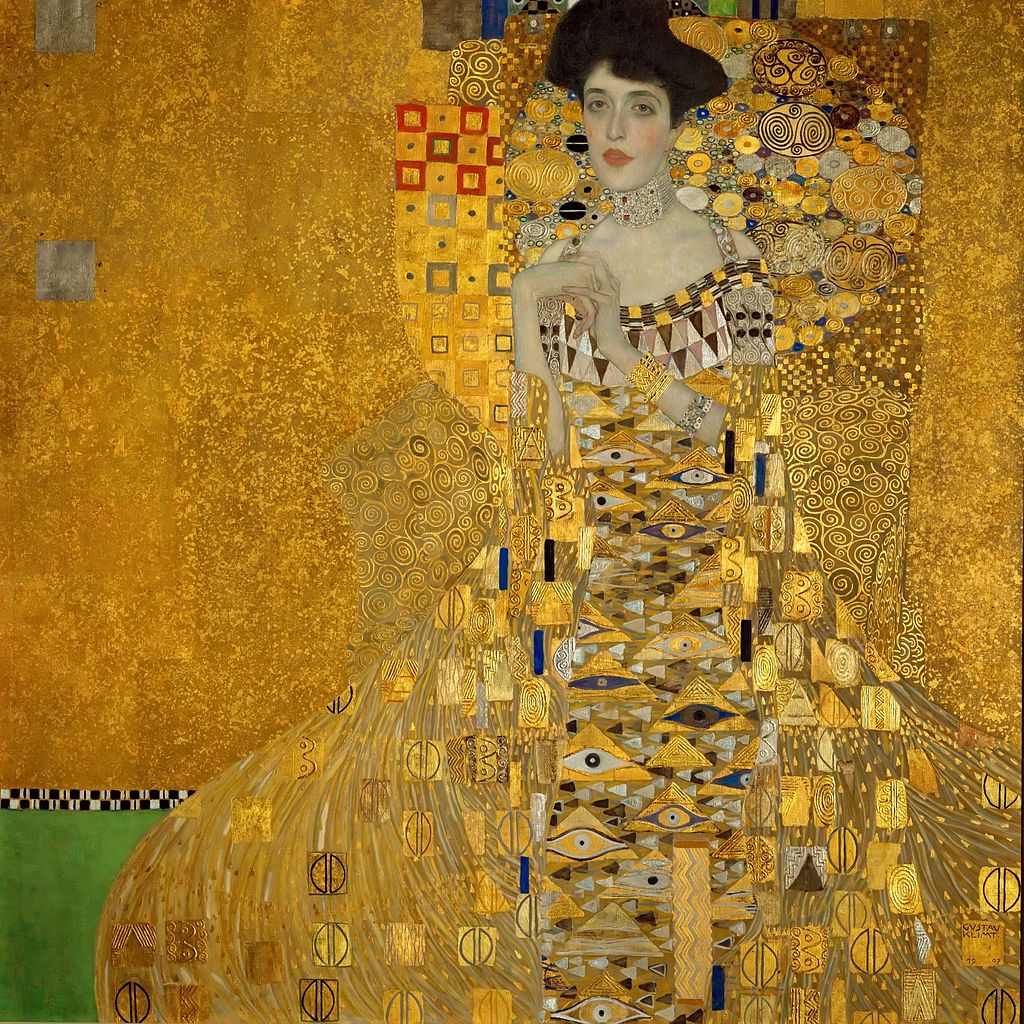
“Far looser and more expressive in its brushstrokes, [the painting] relies for its intensity on the blurring of textures, both material and psychological, as everything bleeds into a single scintillating substance,” she continued.
Surpassing Feminine Dichotomies
Klimt’s women are some of the most beloved figures in the art world. Sotheby’s official lot description wrote: “[His] beguiling representations of women have made him the most celebrated painter of the female portrait in the early twentieth century.”
The artist depicted women in ways that embraced the ideal of womanhood (the éternal féminin), while modernizing it.
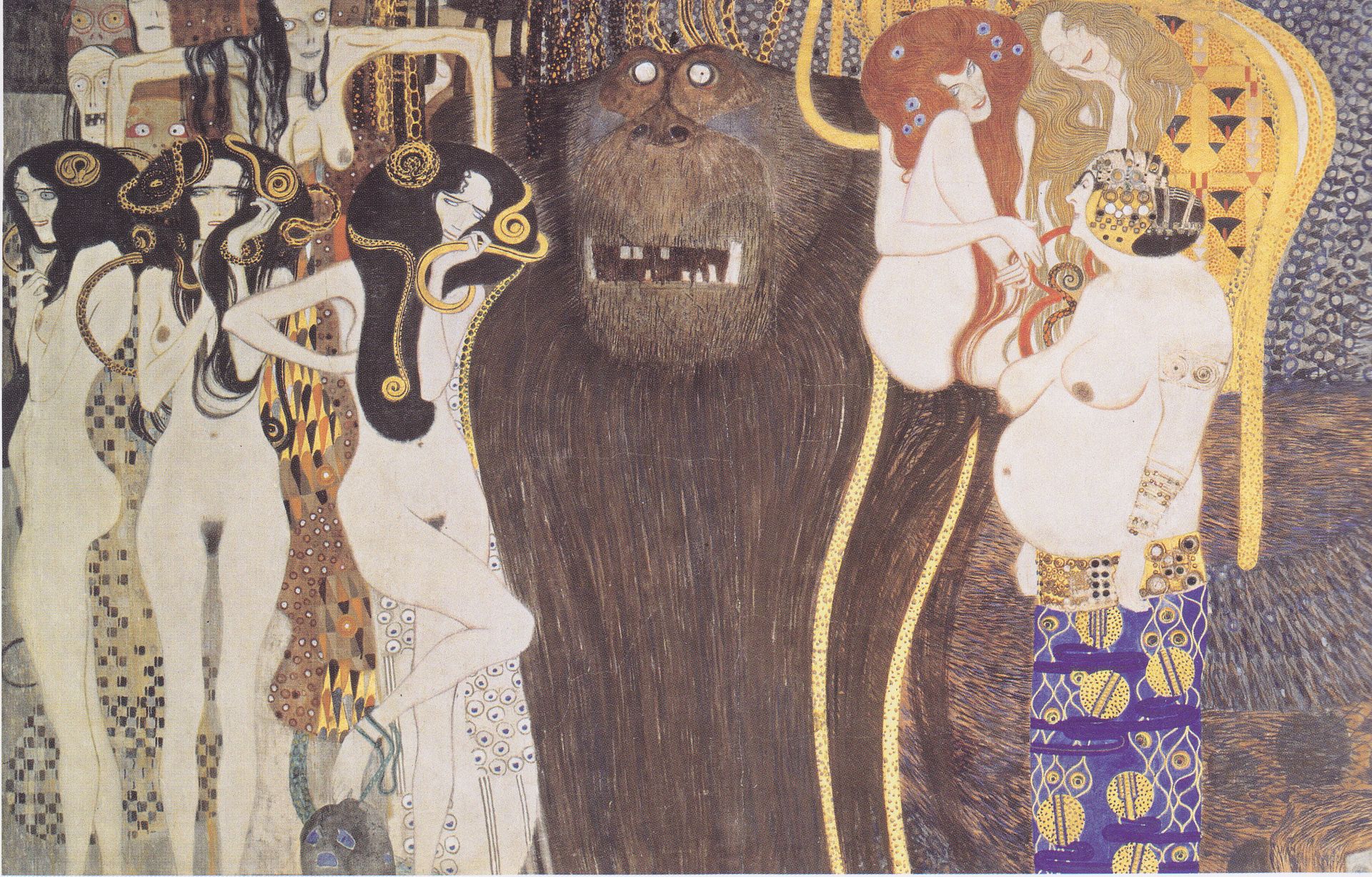
“His women are beautiful, and the unnamed portraits in particular are archetypal, yet his depictions are full of complexity and nuance,” wrote Sotheby’s lot description. “His women convey character and independence, whilst their bodies suggest passivity; their noli me tangere countenances create distance, yet the suppleness of their skin evokes a latent eroticism. These are contradictions that in many respects encapsulate the position of women in […] Viennese society.”
Banner photo from the Sotheby’s website, feature photo via Instagram @sothebys.





